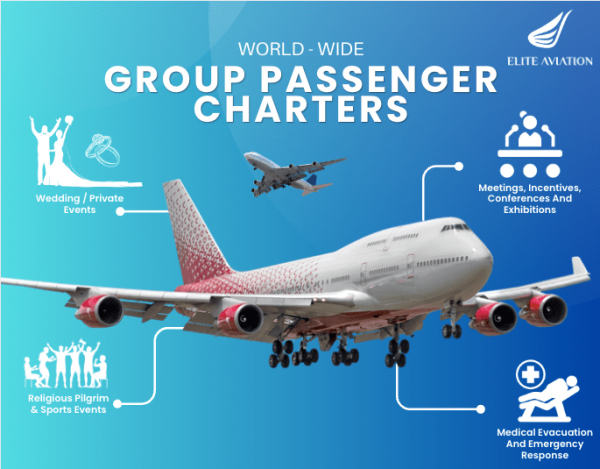[ad_1]
With the stated goal of achieving perpetual flight, Skydweller Aero Inc. is developing its autonomous Skydweller aircraft. It will feature advanced design features and technologies and meet various mission needs for governments and organizations worldwide. This unique aircraft will operate on solar power and initially be able to remain airborne for 30 – 90 days or more.
Solar-Powered Flight Across the Pacific
In 2015, the Solar Impulse 2 set the world record for the longest non-stop solo flight. Pilot André Borschberg flew from Japan to Hawaii, taking five days to complete the 5,095-mile flight.

Several months later, Borschberg joined pilot Bertrand Piccard on the Solar Impulse 2 and began the first circumnavigation without fuel. The 24,854-mile trip began in Abu Dhabi and moved eastward over India, Myanmar, China, Japan, the United States, Europe, and back to Abu Dhabi.
Even with several stops for repairs, the mission proved the validity of solar-powered flight. The trip took 17 stages and 25 flight days, with an average speed of 43.5 miles per hour. The aircraft’s four electric engines, each generating 17.4 horsepower, received power from 17,248 solar cells.

Spanish-American Company Skydweller Aero Inc. Begins Autonomous Flights
In 2019, the Spanish-American company Skydweller Aero Inc. bought the Solar Impulse 2 to convert it to an unmanned drone. The initial plan was for it to be able to fly for months at a time while carrying heavy payloads. The company states its goal is to achieve perpetual flights.
After completing modifications, the Solar Impulse 2 flew with its new name, “Skydweller,” in November 2020. One key modification was adding a fly-by-wire control system to give it an autonomous control ability. Skydweller had a test pilot on the flight, but he flew from takeoff to landing without touching the controls.

Self-Healing Software Key to Aircraft Reliability
One feature that allowed this was a system Skydweller calls “advanced self-healing algorithms” in the aircraft’s Vehicle Management System (VMS), which “enables a failed string to be autonomously shut down, fixed, and resurrected during flight to return the aircraft to quadruple redundancy.”
Self-healing systems, or code, provide automatic error detection, diagnosis, and software repair without human involvement. However, this system is far from the only advanced feature of the Skydweller.
Skydweller Boasts the Wingspan of a 747 and Weight of a Pickup Truck
The aircraft has a thin carbon fiber body, which gives it strength and durability and makes it very lightweight. Skydweller’s wingspan is 236 feet, which is longer than the wingspan of a Boeing 747. Its maximum weight is 5620 pounds, about the weight of a standard pickup truck, including a 220-pound payload capacity. It also has 2900 square feet of solar cells. More than 1400 pounds of batteries provide power during darkness.

Skydweller designed the aircraft to fly at 115 mph at about 46,000 feet–significantly lower than other solar-powered aircraft that fly much higher, between 60,000 and 75,000 feet.
Skydweller Maintains Perfect Safety Record
Skydweller continues to enjoy a spotless safety record.
“We describe ourselves as a ‘geoplane’ rather than a HAPS (high-altitude pseudo satellite, or platform station),” said Skydweller Aero CEO Robert Miller. “We operate in the medium-altitude range where most of today’s surveillance aircraft operate, but we deal with the limitations of weather and wind effectively through our mission planning and the robustness of our aircraft. It’s why we are the size we are and able to carry the meaningful payload that we can. This gives us a lot more operational flexibility than [HAPS operators] – we were flying over the Gulf of Mexico during the hurricane season. We have over 1,350 hours on the aircraft with a perfect safety record.”
Solar-Powered Airbus Zephyr Almost Sets Endurance Flight Record

One of the HAPS aircraft is the Airbus AALTO Zephyr. Weighing 165 pounds with an 82-foot wingspan, the Zephyr, like the Skydweller, is also solar-powered. It has completed a near-record 64-day flight, traveling more than 34,000 miles. On 18 August 2022, it was hours away from breaking the flight endurance record when it encountered strong winds over Arizona, broke up, and crashed. The 2022 incident marked the third Zephyr to crash, making Skydweller’s safety record even more impressive.

Along with Skydweller and Airbus, other companies are developing solar-powered aircraft, such as the BEA Systems PHASA-35, the Aurora Flight Sciences Odysseus, the AeroVironment Sunglider, and the UAVOS ApusDuo.
Worldwide interest and multiple missions
This development reflects a growing worldwide interest in using Solar UAV aircraft. Groups have proposed using them in Europe for missions, including monitoring nautical approaches to southern Europe to help detect and prevent illegal activities such as drug smuggling, illegal fishing, and unlawful immigration.
Spain has mentioned using them in the Canary Islands to monitor for drugs and human trafficking. The United States has shown the same interest in the Caribbean, as the French in Martinique, Guadeloupe, and French Guyana. There are also discussions about deploying the aircraft in Russia, South Africa, and throughout the Middle East.

[ad_2]
Source link


